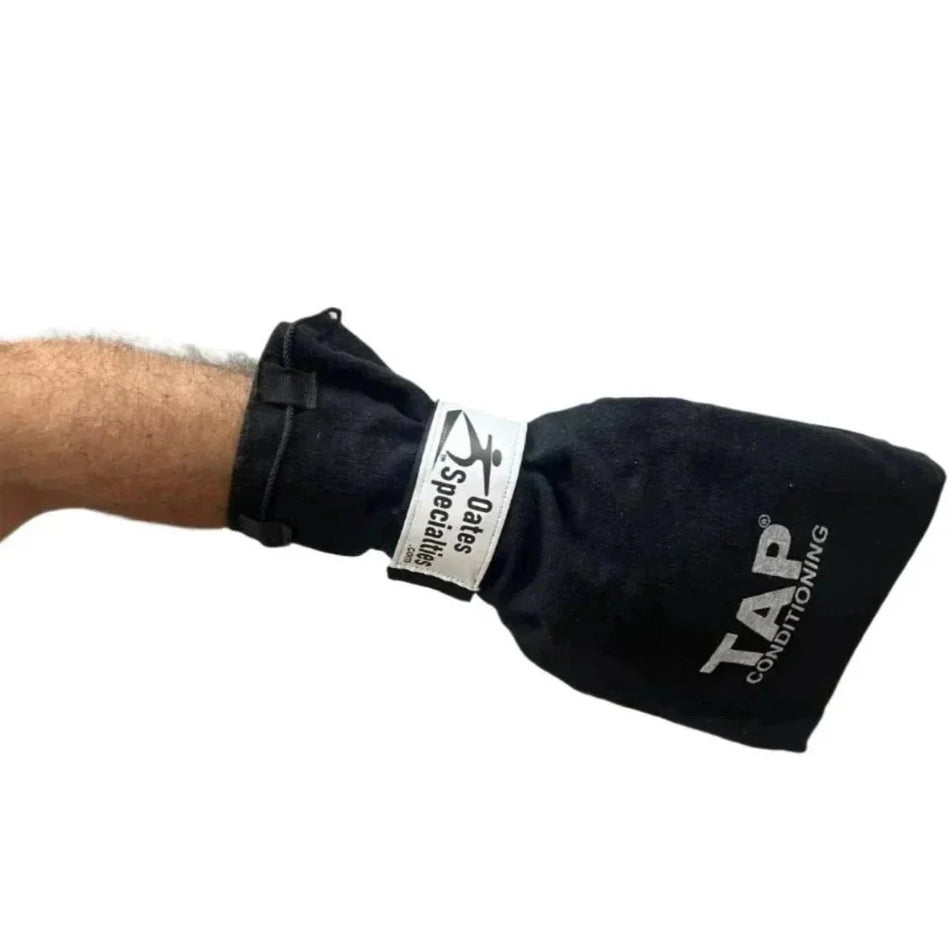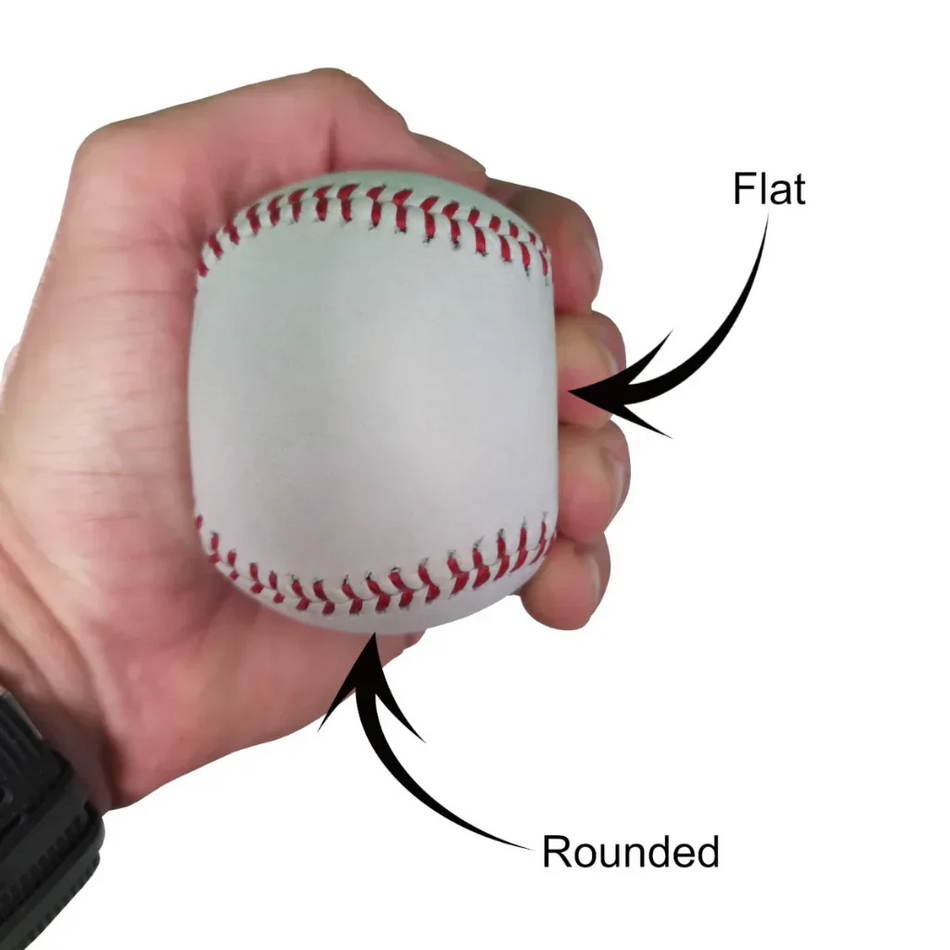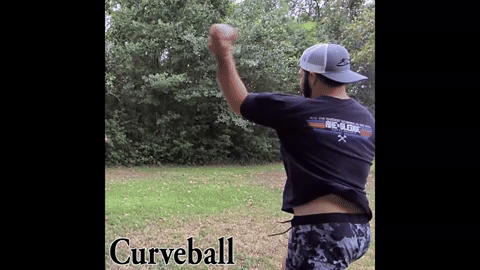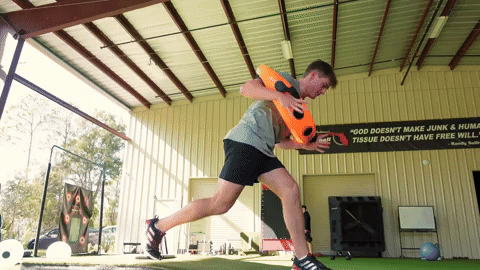There always seems to be a whirlwind which accompanies the subject of throwing weighted balls. People are often divided in terms of how they feel about using them. Many coaches dismiss weighted balls with the notion that they can lead to injury. Well if that is the case then these coaches better not let their players throw a baseball either. The truth is that every baseball player throws a weighted ball each day. A baseball is a 5 ounce weighted instrument that has caused more injuries than any other weighted ball in the world.
I personally have a lot of experience with weighted balls as I used them for many years. I attribute the throwing program I did with them as one of the primary reasons I was able to go from topping out at 84 mph my Junior year of high school to 94 mph my Junior year of college. The weighted ball "set" which I used consisted of a 2lb mini medicine ball, a 21 oz, 14 oz, 7 oz, and 4 oz balls.
There are a couple of reasons the weighted ball program works. The additional weight of the balls causes your body to recognize you are throwing a heavier than usual instrument. Therefore, the body's natural reaction is for your arm action to become more efficient. This is due to the fact that your body wants to protect the arm since the ball is heavier and it does this by forcing your arm into stronger, more efficient positions, not allowing your arm action to get long and sloppy.
Think about a quarterback throwing a football, which weighs about a pound, or a shot-putter throwing a 12 lb shot. Both of their throwing actions are much tighter and shorter than that of the average baseball player. This is due to how much heavier their balls are. The heavier ball will make your body want to take the most compact, economical route to the release point which over time helps to create a better arm action.
Part of the reason players develop a long inefficient arm path is due to how light the ball is. This lightness almost tricks the body into thinking there is nothing in the hand and this is why you sometimes see kids reach way back with their arm trying to find more velocity. Although the body doesn't feel like there is much of a load in the hand when a player has a baseball, we all know the staggering number of injuries caused from this "light" load. This is also a result of the arm speed which a baseball player generates. The lighter the ball, the faster the arm speed which means the quicker the arm must be decelerated. As some would like to say, this is similar to flooring a car and then slamming on the brakes over and over again, eventually the brakes are going to wear out.
Arm speed is another reason why weighted balls are both safe and beneficial. The heavier the ball being thrown, the slower the arm is moving. This means that when you are throwing the 2lb or 21 oz ball for example, your arm speed will not be nearly as fast as what it is with a 5 oz baseball and therefore not nearly as hard on your body to slow the arm down. Although the arm is not traveling as fast when using weighted balls, they actually help to increase it. As a player drops in weight from the 21 oz to the 14 oz or to the 7 oz the arm now has a lighter load than the throw before which causes it to increase in speed. This is very similar to the example of a person picking up boxes off the ground. After you have lifted a number of boxes weighing 100lbs and then you pick up a box not knowing it only weighs 20lbs and expecting it to be just as heavy as the previous boxes you nearly fall over backwards because you spring right up with it.
This concept is called overload training, where you prepare the body for a task by lifting/moving/throwing more weight than you will need to when the time comes to perform. The weighted ball series also includes a 4 oz ball which we call the under load ball. This ball is lighter than a baseball and is meant to test the limits of your arm speed. In other words players throw it harder than they can throw a baseball which teaches their arm what it feels like to move faster than ever before.
It should be noted that you have to be smart when using the weighted balls. We never long toss with them, throw off the mound with them, or use the heavier ones when we get close to our game velocity. We use the 2lb and 21 oz balls when standing close to our target (15 feet or so) and do the lower velocity drills with them such as double knees and final arcs. Then we drop weight to the 14 oz to do the torque drills and when we begin to throw with some real velocity in drills such as hookems, step-intos, step-behinds, etc, we never use heavier than the 7 oz ball.
Weighted balls force players to create better arm actions as well as act as overload/underload training which creates better arm speed and the combination of these two things can make for some really impressive jumps in velocity. I encourage you to look into training with a weighted ball set because as long as you use them correctly you will significantly improve your skills.
On a side note, the weighted ball program I followed which is arguably the most successful program of all time was developed by Ron Wolforth...check out his website at www.theathleticpitcher.com
Until next time,
Brian Oates














































